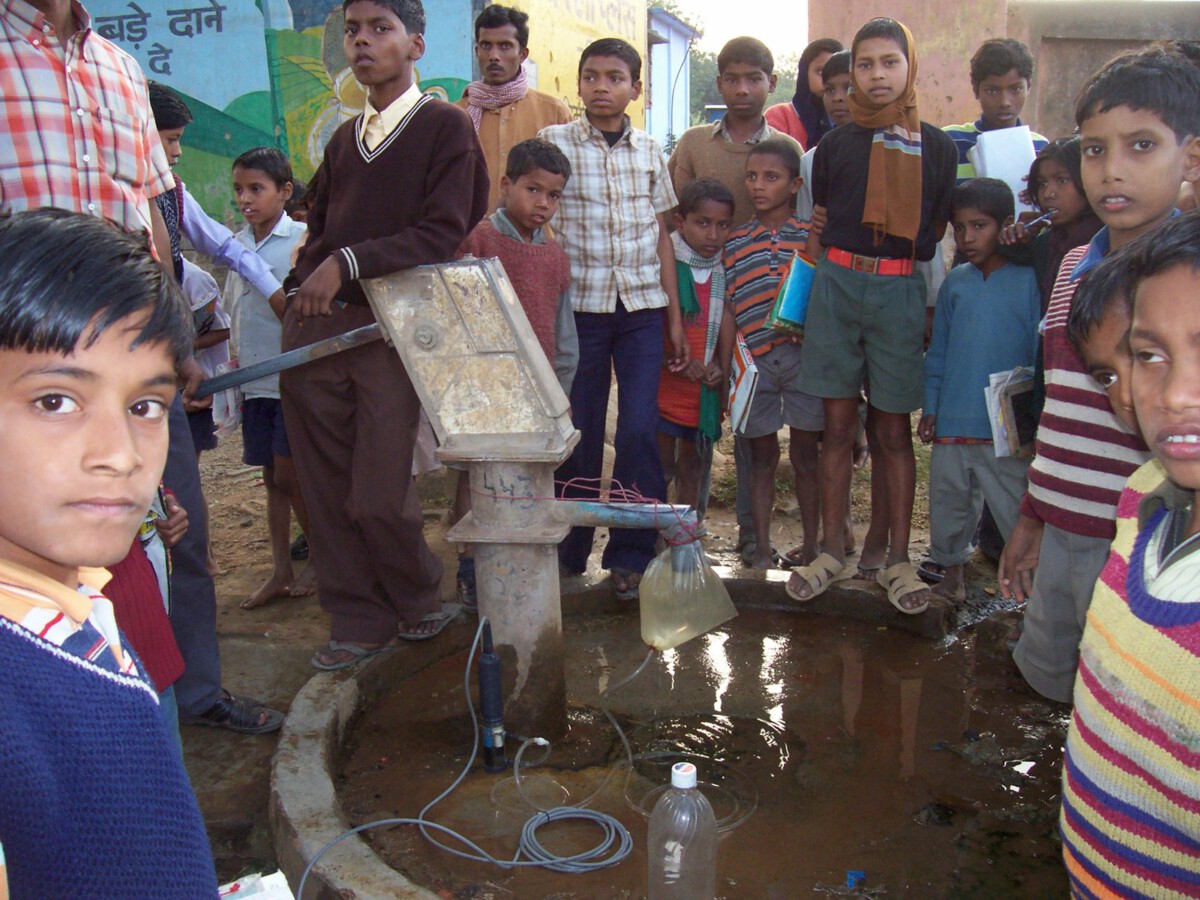The Allure of Bali

Bali has always had a magnetic pull for travelers around the world, including me. Its turquoise waters, emerald rice terraces, and iconic temples seemed like a postcard-perfect escape from reality. In 2023 alone, over 6 million international visitors flocked to Bali, according to the Bali Tourism Board’s 2024 report. The dream is easy to sell: coconut palms swaying above sun-bleached beaches, mystical ceremonies, and friendly locals. I used to scroll through photos on social media, thinking that Bali was the answer to my search for serenity and adventure. The island’s reputation as a paradise is constantly fueled by influencers, travel magazines, and glowing documentaries. There’s a feeling that once you land, you step into a dream world—a fantasy that makes the real world melt away. But as I dug deeper, the truth about Bali started to unravel, and the cracks in my perfect vision became impossible to ignore.
The Reality of Overcrowding

What I didn’t expect was just how crowded Bali has become. The Indonesian Ministry of Tourism’s 2024 survey revealed that 78% of visitors felt overwhelmed by the sheer number of tourists, especially in hotspots like Kuta and Seminyak. The beaches that once promised solitude are now packed shoulder-to-shoulder with sunbathers, hawkers, and endless rows of beach umbrellas. Even at sunrise, the once tranquil temples and rice paddies are filled with selfie sticks and tour buses. The roads are often choked with traffic, turning a short trip into a test of patience. For someone craving peace and quiet, I realized Bali wouldn’t offer the escape I’d hoped for. The crowds changed the atmosphere, transforming moments of calm into a nonstop buzz. My dream of wandering through empty landscapes quickly faded.
Environmental Concerns

Bali’s popularity hasn’t come without a cost to its natural beauty. In 2023, the Bali Environmental Agency reported that daily waste generation shot up to over 3,000 tons, much of it landing in overflowing landfills or washing into the sea. Beaches that once glimmered are now sometimes littered with plastic bags and bottles, especially after heavy rains. The impact on marine life has been severe, with local organizations documenting an increase in sea turtle deaths linked to pollution. The island’s rivers, once sources of life and ceremony, are often clogged with debris. As someone who tries to be conscious of sustainability, these facts made me uneasy. The environmental crisis in Bali has reached a point where it’s hard to ignore, and it forced me to question if my dream trip would only contribute to the problem.
Cultural Erosion

Bali’s rich culture is one of its greatest treasures, but tourism has started to chip away at its authenticity. The Bali Cultural Preservation Society’s 2024 study found that 65% of local artisans saw a decline in traditional craftsmanship, replaced by mass-produced souvenirs tailored for tourists. Ceremonies and rituals, once intimate and meaningful, are sometimes staged for camera flashes rather than genuine belief. The local dances and art, which should tell stories from Bali’s past, are now often condensed and commercialized to fit tourist schedules. I began to wonder if I’d be witnessing the real Bali or just a carefully curated show. The fear of missing out on true culture was replaced by a fear of exploiting it.
Economic Disparities

Tourism brought jobs and investment, but not everyone in Bali benefits equally. The World Bank’s 2023 report highlighted that while tourism boosted GDP by 5%, poverty remained stubbornly high in rural areas. Many Balinese people working outside the tourism hubs struggle to make ends meet, and the gap between the wealthy and the poor has only widened. The profits from luxury resorts and high-end restaurants often flow to foreign investors, leaving local communities behind. Witnessing these economic imbalances felt unsettling. It became clear that the “paradise” image was only part of the story, hiding the harsh economic realities many locals face every day.
The Cost of Living

Bali’s affordability has long been one of its biggest draws, but that’s changing fast. Accommodation prices rose by 20% in 2024, according to local tourism statistics—and the upward trend continues in 2025. With rising demand and new sustainability-related fees, travelers are finding that a budget-friendly Bali getaway isn’t quite as cheap as it once was. Inflation in the tourism sector hit 6%, making everything from food to transportation more expensive. Small businesses and local residents feel the pinch, with many reporting that basic goods have become harder to afford. For travelers, the dream of a budget-friendly escape is fading, replaced by the reality of rising costs. The idea of living like royalty on a shoestring budget quickly turned out to be a myth. With prices climbing, Bali is no longer the easy-access paradise it once seemed.
The Impact of Climate Change

Climate change is casting a long shadow over Bali’s future. The Indonesian Meteorology, Climatology, and Geophysics Agency’s 2023 report warned that rising sea levels and more frequent storms threaten Bali’s coasts. Entire stretches of beach have already been eroded, and flooding is becoming more common, disrupting daily life and tourism. Coral reefs, vital for both marine life and the local economy, are suffering from bleaching and pollution. These environmental shifts aren’t distant threats—they’re happening now, and their effects are visible. The idea of enjoying Bali’s natural wonders felt less appealing when I realized they may not survive for future generations.
The Search for Authentic Experiences

Travel trends are shifting as more people look for meaningful, authentic experiences. The Global Travel Association’s 2024 survey revealed that 70% of travelers now prefer off-the-beaten-path destinations over crowded hotspots. I started to crave places where I could connect with locals, try traditional foods, and participate in daily life without being just another tourist. In Bali, it felt harder to find those genuine moments, as so much seemed tailored for outsiders. This realization pushed me to explore other destinations where authenticity isn’t overshadowed by mass tourism. The thrill of discovering hidden gems replaced my old dream.
The Importance of Responsible Travel

My changing perspective on Bali made me rethink what it means to be a responsible traveler. Supporting local businesses, respecting cultural norms, and minimizing waste have become my priorities. I’m drawn to eco-tourism and community-based tourism projects that give back to local people. Other regions in Indonesia are developing such initiatives, focusing on sustainability and empowering communities. These experiences often feel more rewarding and impactful than ticking off a list of tourist attractions. I now see travel as a chance to make a positive difference, not just to escape or be entertained.
Embracing New Dreams

Letting go of my Bali fantasy wasn’t easy, but it opened my eyes to new possibilities. I’m now searching for destinations that align better with my values—places that protect their environment, celebrate their culture, and share their stories honestly. The lessons I learned from Bali have guided me towards new adventures that are more meaningful and fulfilling. The world is full of incredible places that still feel untouched and authentic, and I’m excited to discover them.





